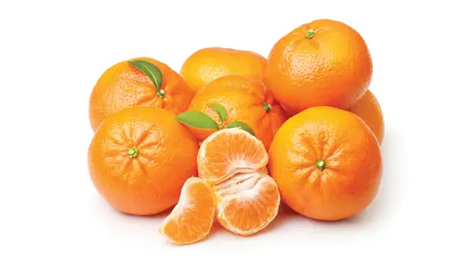The Satsuma mandarin was first introduced to Turkey from Japan via Batumi, entering the Eastern Black Sea region. Later, it adapted well to the ecological conditions of the Aegean region, where it is now cultivated extensively. All satsumas grown in Turkey belong to the Owari group. The fruit has a yellowish-orange peel at harvest time with a slightly rough texture. It is medium-sized, slightly flattened, and features juicy, aromatic, and high-quality flesh. Importantly, Satsuma mandarins are seedless. Harvest timing is crucial; because the variety has a thin peel, it is prone to puffiness if not picked at the right time.
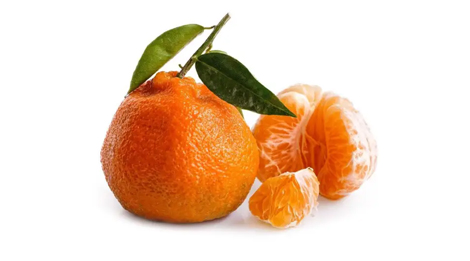












The Nova mandarin is a hybrid obtained by crossing the Clementine mandarin with the Orlando tangelo. It is a cold-tolerant variety, with vigorous, large trees that have shiny leaves, thorns, and high productivity. The peel is tightly attached to the flesh, making it not very easy to peel, but the fruit quality is exceptionally high. The Nova variety is rapidly expanding in cultivation across the Eastern Mediterranean region. It can remain on the tree for a long time and, unlike the Satsuma variety, it does not develop puffiness, making it more durable and market-friendly.
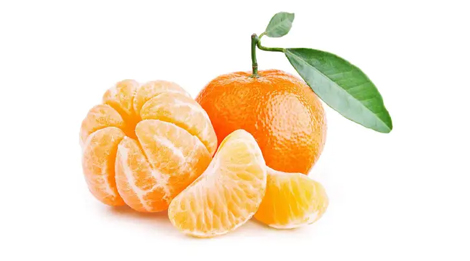








The Minneola mandarin was introduced to Turkey through introductions made in the United States in 1967 and 1973. Its trees are vigorous with a wide canopy, and the leaves are broad with pointed tips. The fruits are slightly elongated and somewhat tall in shape. The peel is reddish-orange, smooth, and moderately attached to the flesh. The fruit is juicy, aromatic, and slightly tangy. Minneola is a cold-hardy variety, but due to its susceptibility to the fungal disease Alternaria citri, its cultivation demand in Turkey has declined in recent years.
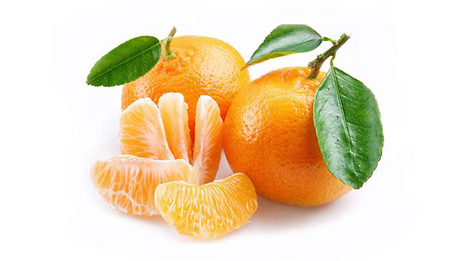












This mandarin variety was introduced to Turkey from Italy in 1936 and has since become widely cultivated, especially in the Mediterranean region. Its trees are of medium size, densely foliated, and highly branched, forming a rounded canopy. The fruit has a deep orange peel with a slightly rough texture. The peel is moderately attached to the flesh but still easy to peel. Unlike many other mandarin varieties, it shows minimal puffiness. It is a productive variety with low tendency to alternate bearing (biennial bearing). For optimal yield, it is important to have a sufficient number of pollinator varieties planted in the orchard or to apply hormonal treatments to ensure proper fruit set.
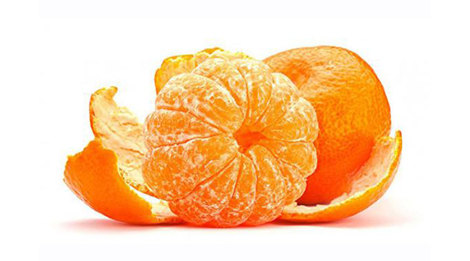








Tango is a mandarin variety that grows very quickly and produces fruits weighing around 90 grams each. If pruning is continued regularly until the tree reaches 7 years of age, it can yield up to 120 kilograms of fruit per tree. Its peel is easy to remove, the fruit is seedless, juicy, and flavorful, with a smooth texture that leaves no pulp residue in the mouth.
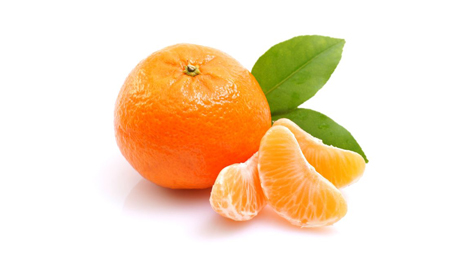
















Robinson is a mandarin hybrid obtained by crossing the Clementine mandarin with the Orlando tangelo. It was introduced to Turkey from the United States in 1967 and 1973. Its trees are thornless, though the branches are prone to breakage, and the leaves are broad and lance-shaped. The fruits have a slightly elongated neck where they attach to the stem. The peel is thin, smooth, and tightly attached to the flesh, yet still easy to peel. Robinson mandarins are well-suited for transport and storage. The seed count varies depending on the presence of pollinator varieties. They show low susceptibility to puffiness and have high productivity with very little tendency to alternate bearing, ensuring regular annual yields. Robinson is an early-season variety: fruits ripen between November and December and can remain on the tree for an extended period without dropping. The trees are resistant to fruit drop, and the variety is expected to gain popularity and expand rapidly in Turkey due to its commercial potential.
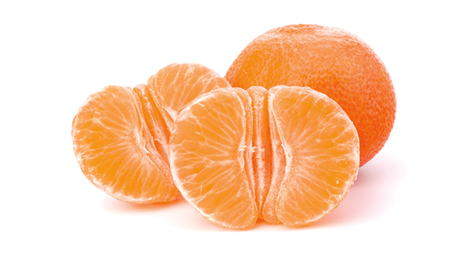








This mandarin variety is believed to have originated in Morocco, although its exact origin is not fully known. It should not be confused with the Murcott (Honey) mandarin. The fruit has a reddish-orange peel and a bright orange interior. It is a late-season variety, typically ripening between February and March. Known for its distinct aroma and very sweet flavor, it also has an excellent color, is easy to peel, contains few seeds, and produces large-sized fruits. Because it ripens late in the season, it extends the mandarin harvest period and is highly valued in the market.
